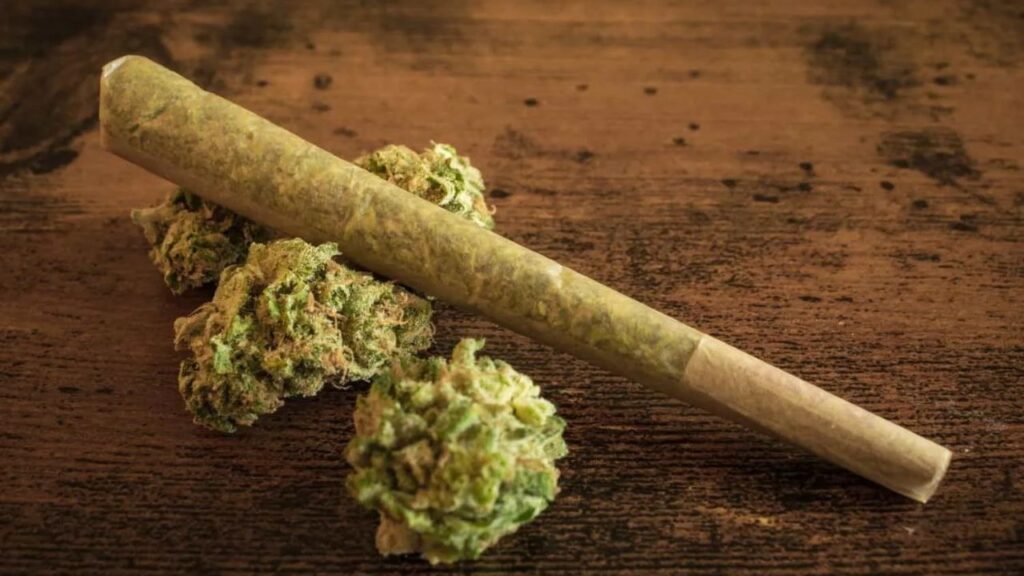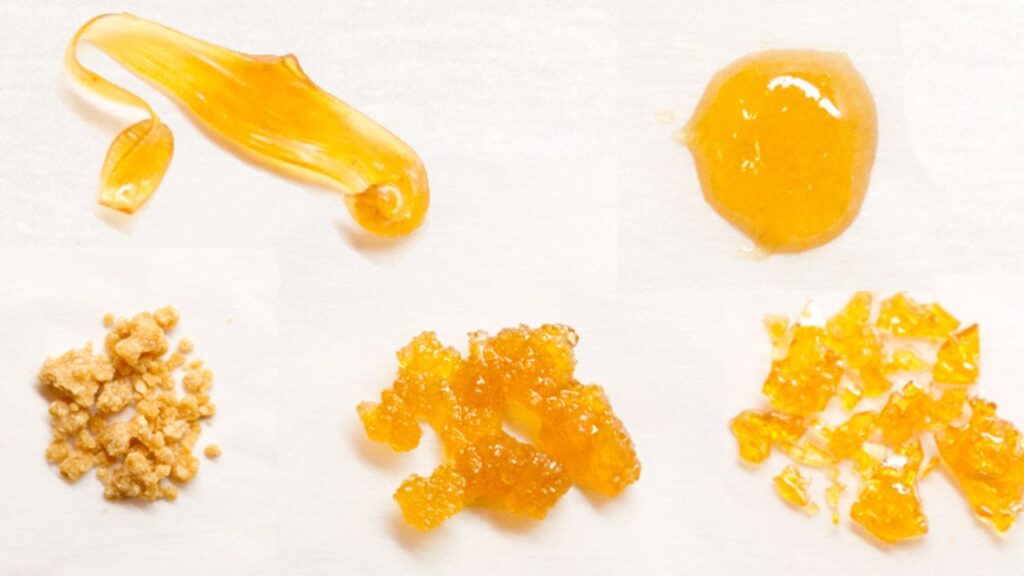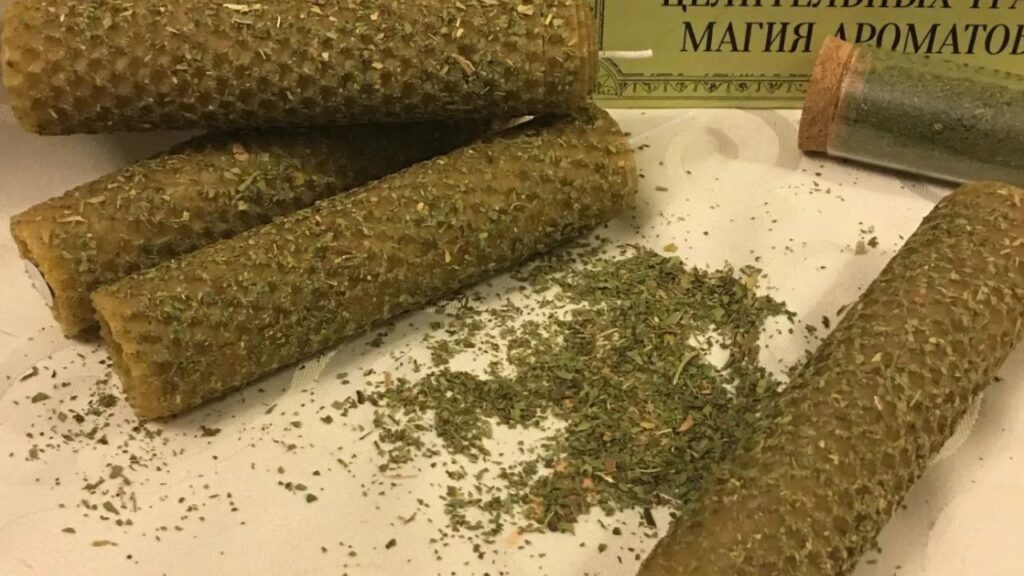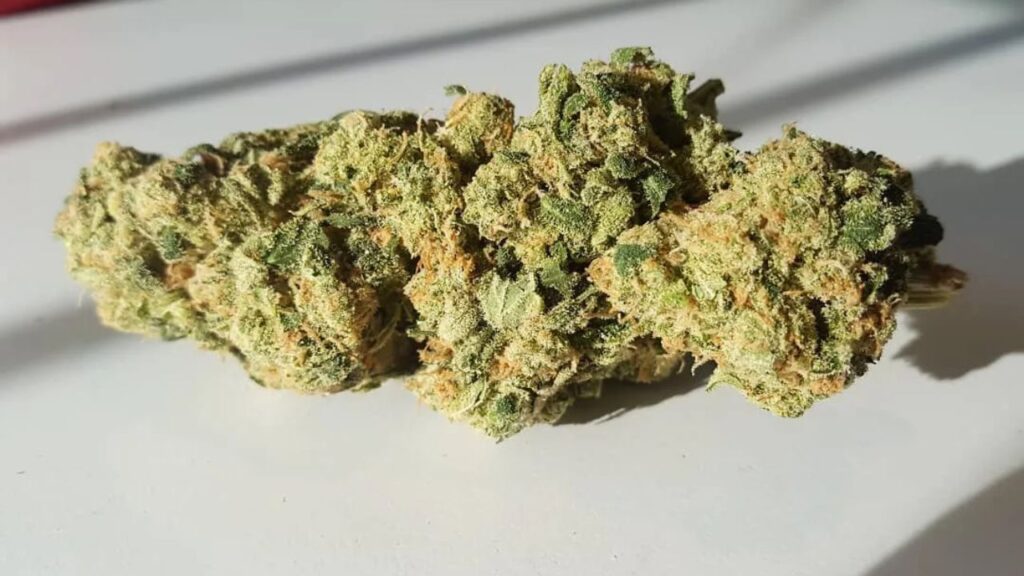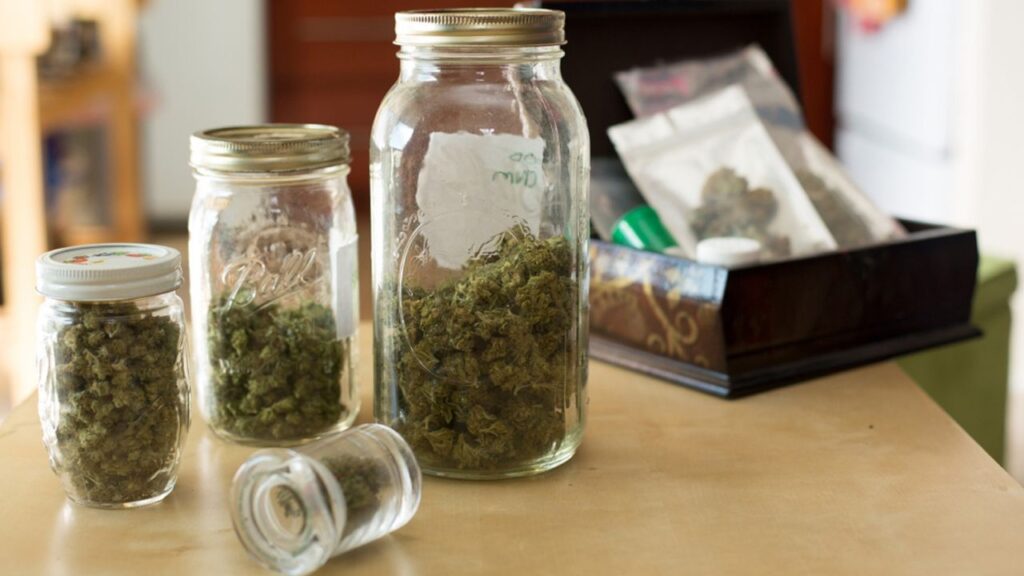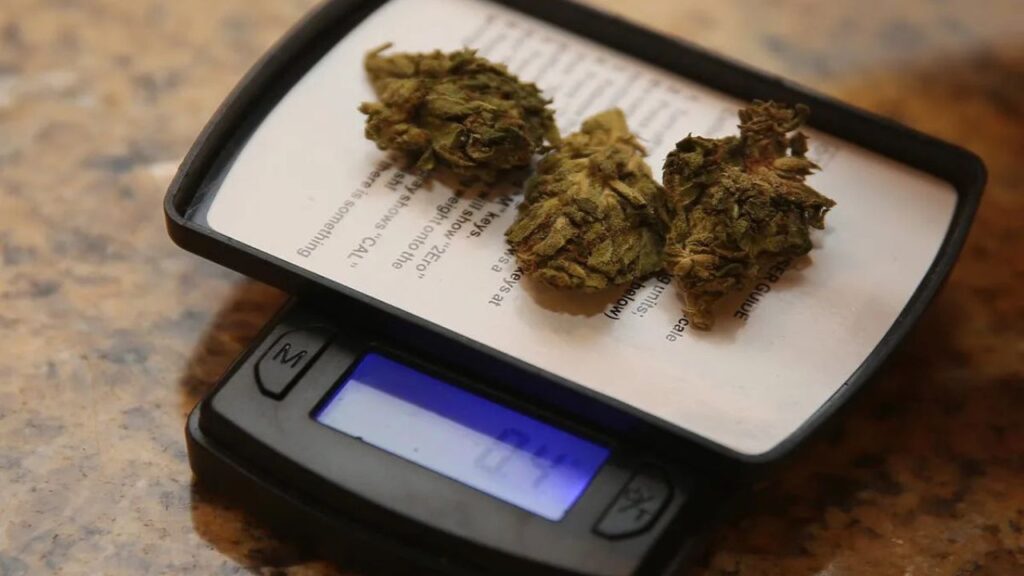Cannabis strains Indica sativa or hybrid, read cannabis leaf, come in a wide variety, each offering unique effects, flavors, and benefits. These strains are generally categorized into three main types: Indica, Sativa, and Hybrid. Understanding the differences between these types is crucial for anyone looking to use cannabis effectively, whether for medicinal or recreational purposes. Indica strains tend to have relaxing, sedative effects, while Sativa strains are known for their uplifting and energizing properties. Hybrids combine traits from both, offering a balanced experience. Knowing which strain suits your needs can enhance your overall experience, helping you manage symptoms or simply enjoy the effects you desire. This blog post aims to explore the core cannabis strain types, their characteristics, and how to choose the right one for you. By the end, you’ll have a clear understanding of strain differences and be better equipped to make informed decisions when selecting cannabis products.
Understanding Cannabis Strains
A. Definition of Indica, Sativa, and Hybrid
Cannabis strains are generally classified into three main types: Indica, Sativa, and Hybrid. Each type has distinct characteristics that influence its effects, growth patterns, and uses. Understanding these differences helps consumers and cultivators choose the right strain for their needs. Indica sativa or hybrid read cannabis leaf.
- Indica strains originate from the Hindu Kush mountain regions of Central Asia. They tend to have broader leaves and a shorter, bushier plant structure.
- Sativa strains come from equatorial regions like Southeast Asia and Central America. These plants usually grow taller with narrow leaves.
- Hybrid strains are a blend of Indica and Sativa genetics, combining traits from both parents to create versatile cannabis varieties.
B. General Characteristics of Each Strain Type
-
Indica: Effects, Growth Patterns, and Uses
Indica strains are famous for their relaxing and sedative effects. They often produce a body-focused “couch-lock” sensation, making them popular for evening use or those seeking relief from stress, insomnia, or chronic pain. The plants are typically short and dense with broad, dark green leaves. Indicas tend to have faster flowering times, which is favorable for indoor growing. Medicinally, they are often used to calm muscle spasms, reduce anxiety, and promote sleep. Indica sativa or hybrid read cannabis leaf.
-
Sativa: Effects, Growth Patterns, and Uses
Sativa strains deliver more uplifting, energizing effects, often described as cerebral or head highs. They are favored during the daytime for boosting creativity, focus, and social interaction. Sativa plants grow taller and thinner, with narrow leaves and longer flowering cycles. Because of their height and growth pattern, they often thrive better outdoors or in large indoor spaces. Medicinal users may choose Sativas to alleviate depression, fatigue, or mood disorders, thanks to their stimulating effects.
-
Hybrid: Characteristics of Both Indica and Sativa
Hybrid strains are bred to combine the best qualities of both Indica and Sativa parents. They can be Indica-dominant, Sativa-dominant, or balanced hybrids, offering a wide range of effects depending on their genetic makeup. For example, an Indica-dominant hybrid might provide relaxation with mild cerebral stimulation, while a Sativa-dominant hybrid could offer energetic effects with some calming body sensations. Hybrids give growers and users flexibility to find strains tailored to specific needs, balancing growth traits like flowering time and height with desired effects.

Identifying Indica, Sativa, and Hybrid Through Plant Features
A. Overview of Cannabis Plant Morphology
Cannabis plants exhibit unique physical characteristics that help identify their strain type. Morphology—the study of the form and structure of the plant—includes traits like leaf shape, size, and overall growth structure. These features reflect the plant’s genetic background and adaptation to different environments.
B. Distinctive Features of Indica Plants
-
Leaf Shape and Size
Indica plants are known for their broad, wide leaves with short, rounded leaves. These leaves are dense and dark green, adapted to absorb maximum light in their native mountainous habitats. The leaflets tend to be shorter and wider compared to Sativa.
-
Growth Structure
Indica plants typically have a compact, bushy growth structure. They grow shorter and stockier, usually reaching heights between 3 to 6 feet. This dense form makes them well-suited for indoor cultivation and allows them to thrive in cooler climates. Indicas also tend to have thick stems and a robust branching pattern that supports heavy buds.
C. Distinctive Features of Sativa Plants
-
Leaf Shape and Size
In contrast, Sativa leaves are narrow and long with slender fingers. They appear lighter green and less dense than Indica leaves. This thin, elongated leaf shape helps the plant survive in hot, humid tropical climates by allowing better airflow and reducing moisture retention. Indica sativa or hybrid read cannabis leaf.
-
Growth Structure
Sativa plants grow tall and lanky, often reaching heights of 8 to 12 feet or more outdoors. Their growth pattern is more open and less dense than Indicas, with longer internodal spacing (distance between branches). Sativas have thinner stems and a more elongated, airy structure, which helps them flourish in warm environments with plenty of sunlight.
D. Characteristics of Hybrid Plants
-
Leaf Shape and Size Variations
Hybrid plants show a mix of Indica and Sativa leaf traits, varying widely depending on their genetic balance. Some hybrids may have broad leaves resembling Indica, while others display the narrow leaf pattern of Sativa. Often, hybrids’ leaves exhibit intermediate widths and lengths that blend features of both parent strains.
-
Growth Structure
Hybrids generally adopt a growth structure that falls between the compact Indica and tall Sativa forms. Their height, branching, and density depend on dominance in their genetic makeup. For example, an Indica-dominant hybrid may remain relatively short and bushy, while a Sativa-dominant hybrid grows taller with a more open canopy. This versatility allows hybrids to adapt well to different growing conditions.
Recognizing Cannabis Leaves
A. What Does a Pot Leaf Look Like?
The term “pot leaf” is a popular nickname for the iconic leaf shape associated with cannabis plants. Typically, a pot leaf has several long, slender leaflets radiating from a central point, resembling an open hand or a fan. These leaflets are serrated with jagged edges, creating a distinctive pattern recognized worldwide. The leaf usually consists of 5 to 9 leaflets, although this number can vary depending on the plant’s strain and maturity.
B. What Does a Marijuana Leaf Look Like?
A marijuana leaf is essentially the same as a pot leaf because “marijuana” is a common term for cannabis. The leaf’s structure, with its pointed tips and serrated edges, is one of the most recognizable features of cannabis plants. However, not all marijuana leaves look identical; their size, shape, and number of leaflets can differ widely based on the strain—Indica, Sativa, or Hybrid. These leaves are typically green but can sometimes show hues of purple, yellow, or red depending on environmental factors or genetics.
C. Visual Differences Between Indica and Sativa Leaves
Indica and Sativa leaves have notable differences that help distinguish the two strain types:
- Indica Leaves: These leaves are broad and wide, with shorter and wider leaflets. The leaflets tend to overlap and form a fuller, denser leaf. Indica leaves are generally darker green and give the plant a lush, thick appearance.
- Sativa Leaves: Sativa leaves have narrow, slender leaflets that are spaced farther apart. They tend to be longer and thinner, giving the leaf a more delicate and airy look. Sativa leaves are usually lighter green and less dense than Indica leaves.
These differences reflect adaptations to their native growing environments. Indicas thrive in cooler mountainous regions where broad leaves capture more sunlight, while Sativas grow in warmer climates where narrow leaves help prevent overheating.
D. Tips for Identifying Leaves of Cannabis Plants
- Count the Leaflets: Most cannabis leaves have between 5 to 9 leaflets. Young plants may have fewer, and mature plants tend to have more.
- Observe Leaflet Shape: Broad and wide leaflets typically indicate Indica or Indica-dominant hybrids. Narrow, long leaflets suggest Sativa or Sativa-dominant hybrids.
- Look at Color and Density: Dark green, dense leaves often point to Indica strains, while lighter, airy leaves are characteristic of Sativas.
- Consider Plant Height and Branching: Leaf identification works best alongside observing the plant’s overall structure, since some hybrids show mixed traits.
- Environmental Influence: Remember that growing conditions can affect leaf appearance, so use leaf traits as part of a broader identification approach.
By learning to recognize these key features, growers and enthusiasts can better identify cannabis strain types just by looking at their leaves.
How to Identify Fan Leaves
Fan leaves are one of the most recognizable parts of the cannabis plant and play a crucial role in its growth. These large, prominent leaves extend outward from the main stem and branches, acting like solar panels to capture sunlight necessary for photosynthesis. Knowing how to identify fan leaves helps growers assess the plant’s health and strain type.
Key Features of Fan Leaves
1. Size and Shape:
Fan leaves are generally large and broad compared to other leaves on the plant. They typically have a symmetrical, palm-like shape made up of multiple slender leaflets (or fingers) radiating from a central point. Most fan leaves have between 5 to 9 leaflets, although this can vary with the plant’s maturity and genetics.
2. Leaflets:
Each leaflet of a fan leaf is long, narrow, and serrated along the edges, giving it a jagged outline. The tips are pointed, and the leaflets are arranged evenly to create a distinct “hand” shape. The width and length of these leaflets can help differentiate between Indica and Sativa strains — Indica fan leaves tend to be broader and shorter, while Sativa fan leaves are thinner and longer.
3. Position on the Plant:
Fan leaves grow on the main stalk and branches but are not directly part of the flowering buds. Instead, they surround the buds, providing energy and nutrients through photosynthesis. Unlike smaller sugar leaves, fan leaves don’t typically contain many trichomes (the resin glands), so they’re less sticky.
4. Color and Texture:
Healthy fan leaves are usually vibrant green, although their color can vary depending on strain and growing conditions. They have a smooth, slightly waxy surface with visible veins running through each leaflet.
Why Identifying Fan Leaves Matters
Recognizing fan leaves helps growers monitor plant health. Yellowing, spotting, or curling fan leaves often signal nutrient deficiencies, pests, or other problems. Additionally, understanding their shape and size can aid in strain identification and cultivation techniques.

FAQ
1. Cannabis Plant Leaves
What are cannabis plant leaves like? Cannabis leaves are typically palm-shaped with serrated edges. They come in various sizes depending on the strain. These leaves play a key role in photosynthesis, helping the plant grow and produce buds. Their appearance can indicate plant health and strain type.
2. What Does a Pot Leaf Look Like?
What does a pot leaf look like? A pot leaf has multiple long, narrow leaflets spreading from a central point, resembling an open hand. The edges are jagged or serrated. Usually, it has between 5 and 9 leaflets, with pointed tips, making it instantly recognizable as a symbol of cannabis.
3. What Does a Marijuana Leaf Look Like?
What does a marijuana leaf look like? A marijuana leaf is palm-shaped with serrated edges and multiple leaflets, similar to a pot leaf. The leaflets vary in size and width based on strain. It’s green, sometimes showing hues of purple or yellow depending on genetics or environment.
4. Pot Plant Leaves
What are pot plant leaves like? Pot plant leaves are broad, green, and fan-shaped with serrated edges. Their size and shape can differ by strain—Indica leaves tend to be wider, while Sativa leaves are thinner and longer. They help the plant absorb sunlight to fuel growth.
Conclusion
Understanding how to identify cannabis strains is essential for both growers and consumers. Recognizing the key differences between Indica, Sativa, and Hybrid strains—such as their leaf shapes, growth patterns, and effects—helps make informed decisions about cultivation and usage. Indicas are typically short with broad leaves and relaxing effects, while Sativas grow tall with narrow leaves and energizing properties. Hybrids blend traits from both, offering versatile experiences.
For consumers, knowing strain types aids in selecting cannabis that suits their desired effects, whether for relaxation, creativity, or medical relief. This knowledge promotes safer, more enjoyable experiences and helps avoid unwanted side effects.
As the cannabis market evolves, exploring various strains encourages discovery and personal preference development. Taking time to learn about cannabis genetics and plant features empowers users to optimize their experience and supports responsible consumption. Dive deeper into cannabis strains to unlock their full potential.
Read More>>>>>>> How to Identify Indica, Sativa, and Hybrid Strains




